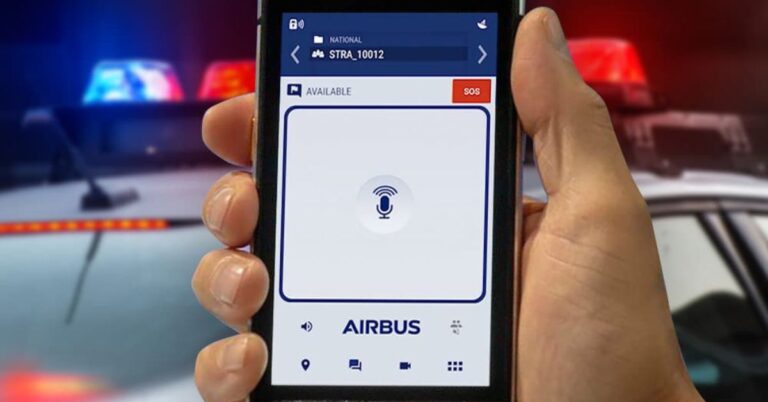India’s Department of Telecommunications (DoT) has renewed its effort to gauge industry appetite for directly assigned spectrum to set up private 5G networks. This latest move revives an earlier plan that had lost momentum due to device ecosystem limitations and concerns raised by mobile operators.
Fresh Demand Survey for Private 5G Spectrum by India’s DoT
On June 30, the DoT issued a notification launching a fresh demand study. Enterprises with a net worth of over ₹100 crore, as well as system integrators, can indicate their interest through the Saral Sanchar portal until July 31.
The study aims to map the real demand for directly licensed spectrum dedicated to captive non-public networks (CNPNs). By revisiting frequency band options and validating the maturity of the device ecosystem, the DoT hopes to create a viable path for enterprise-grade 5G deployments that do not rely entirely on mobile network operators.
Why Enterprises Want Direct Private 5G
If the policy moves forward, large enterprises could deploy high-speed private 5G inside campuses, manufacturing plants, and logistics hubs without leasing spectrum from telcos. Such setups promise enhanced control over latency, security, and network customization.
A previous attempt in 2022 gathered interest from big names like Infosys, Larsen & Toubro, Tata Communications, and others, but the plan didn’t proceed due to insufficient compatible devices in the proposed bands.
Now, with the 5G ecosystem maturing — particularly in the international mobile telecommunications (IMT) bands — and new industrial use cases emerging, the DoT sees a renewed opportunity to revisit direct spectrum allocation.
Why Telcos Oppose Direct 5G Spectrum
The Cellular Operators Association of India (COAI), which represents major telecom players like Reliance Jio, Airtel, and Vodafone Idea, has consistently pushed back against the idea of directly allocating spectrum to enterprises. The operators argue that bypassing them could create interference risks, complicate regulatory oversight, and pose security challenges.
They have previously called for private networks to be limited strictly to on-premises automation and machine-to-machine communications to avoid clashing with public mobile services.
DoT Reconsiders Private 5G Spectrum Bands
According to the latest DoT notice, the frequency bands being reconsidered include ranges like 3700–3800 MHz, 4800–4990 MHz, and 28.5–29.5 GHz. These bands had seen limited traction earlier because of device gaps. However, recent market developments suggest that supporting devices are now widely available.
The Telecom Regulatory Authority of India (TRAI) had earlier proposed allowing companies to either lease spectrum slices from operators or acquire dedicated spectrum directly for ten-year terms with a one-time fee.
System Integrators Boost Private 5G Demand
The updated framework recognizes the rising role of system integrators in building private 5G solutions tailored for sectors like manufacturing, logistics, smart cities, and energy.
With automation, IoT applications, and AI adoption expanding across industries, integrators see private 5G as a practical enabler of secure, high-performance local networks that public mobile networks cannot always deliver at scale.
Overcoming Private 5G Early Hurdles
Ankit Dixit, CEO of Tidal Wave Technologies, pointed out that while interest in enterprise 5G has been building for years, high spectrum costs and lack of clarity on licensing have stalled larger rollouts. Many companies have been waiting for flexible trials and streamlined approvals to test the potential before investing heavily.
What’s Next for India’s Private 5G Spectrum
Participation in this demand study does not guarantee spectrum allocation but serves as an input for the government to decide on policy and band selection. Once the survey closes on July 31, the DoT is expected to analyze submissions, finalize suitable bands, and shape licensing terms that balance enterprise flexibility with public network protection.
For India’s industries, this could open the door to bespoke 5G networks that improve productivity, security, and automation without being tied entirely to telco services.
As 5G matures globally, India’s approach to private spectrum licensing will likely determine how quickly large enterprises can adopt advanced connectivity for next-generation manufacturing, supply chains, and digital services.
Stay tuned as the DoT’s fresh push could redefine who controls the last mile of India’s 5G future.








































